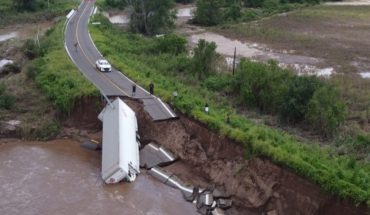Mexico.- Food poisoning occurs when food or beverages contaminated with bacteria, viruses or parasites are ingested, these agents produce toxins in food and these toxins cause health problems, food poisoning is also known as foodborne illness. Food poisoning usually begins to give symptoms hours or days after you have consumed contaminated food or beverages. The severity of the poisoning depends on the amount of germ or toxin each person consumes.
Symptoms of poisoning may include:
abdominal pain
Diarrhea
Fever
loss of appetite
Nausea
Vomiting
weakness and fatigue
Children and the elderly are at increased risk of food poisoning, this risk is also high for people with serious kidney disease, diabetes, cancer, HIV or AIDS, as well as those with a weakened immune system. Pregnant and nursing women need to be especially careful to avoid food poisoning.
Many types of microorganisms and toxins can cause food poisoning, including: Campylobacter Enteritis
Cholera
E coli Enteritis
Toxins in damaged or unhealthy seafood
Staphylococcus aureus
Salmonella
Shigella The treatment for poisoning
Treatment for food poisoning focuses on the treatment of symptoms it causes, such as diarrhea, dehydration, among others. In extreme cases hospitalization is required but common food poisoning usually disappears a couple of days after symptoms occur. In case of loss of fluids from diarrhea you can prepare your own moisturizing solution as follows: dissolving 1/2 teaspoon or 3 grams of salt and 1/2 teaspoon (2.3 grams) of sodium bicarbonate and 4 tablespoons or 50 grams of sugar in 4 1/4 cups (1 liter) of water. The most common sources of food poisoning are: raw or undercooked beef or poultry;
unpasteurized dairy products;
raw seafood;
unwashed fruits;
unwashed vegetables.





